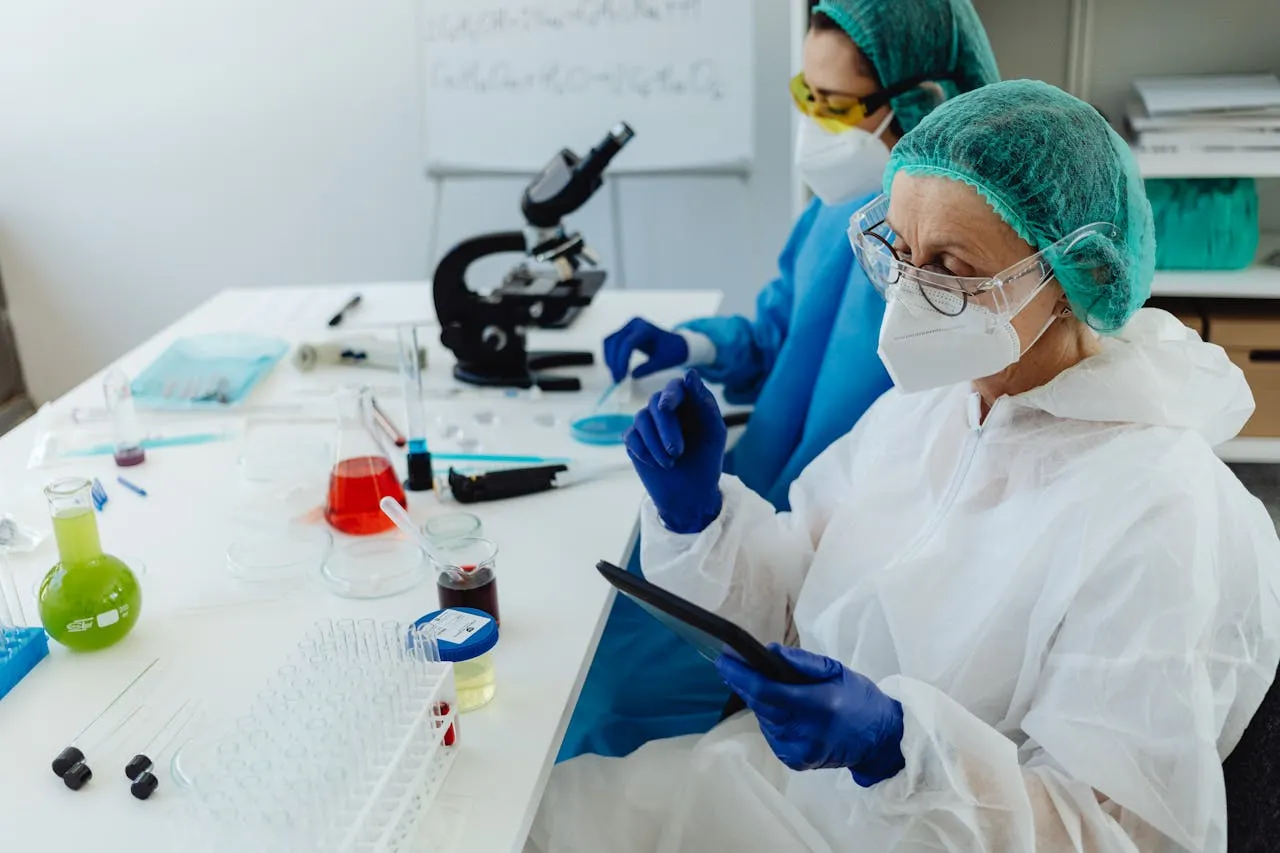
Glycomine Raises $115M Series C to Advance GLM101 into Phase 2b Trial for PMM2-CDG
Glycomine, Inc., a clinical-stage biotechnology company dedicated to developing life-changing therapies for patients suffering from orphan and underserved diseases, has announced the successful closure of a $115 million Series C financing round. The new investment will primarily fund the continued clinical development of its lead candidate, GLM101, a novel mannose-1-phosphate replacement therapy for the treatment of phosphomannomutase 2-congenital disorder of glycosylation (PMM2-CDG)—a rare, progressive, and life-threatening genetic disorder with no approved treatments to date.
The financing round was led by CTI Life Sciences Fund, funds managed by abrdn Inc., and Advent Life Sciences. These new investors join a distinguished group of existing backers, including Novo Holdings, Sanofi Ventures, Abingworth, RiverVest Venture Partners, Sanderling Ventures, Chiesi Ventures, Remiges Ventures, and Asahi Kasei Ventures, all of whom reaffirmed their commitment to Glycomine by participating in the round.
In a statement accompanying the announcement, Glycomine CEO Steve Axon expressed his enthusiasm for both the new strategic partners and the ongoing support from prior investors.
“We are excited to partner with our new investors who have strong track records in rare diseases and grateful for the continued support from our existing investors,” said Axon. “This financing will enable us to advance GLM101 into a randomized, placebo-controlled trial later this year—an important step toward bringing the first disease-modifying therapeutic to patients with PMM2-CDG.”
A Targeted Solution for a Devastating Disease
PMM2-CDG is the most common type of congenital disorder of glycosylation (CDG), a group of inherited metabolic diseases caused by defects in glycosylation—a biochemical process critical for the normal function of proteins and lipids in the human body. PMM2-CDG is an autosomal recessive condition characterized by severe multi-organ dysfunction, neurodevelopmental delay, liver disease, hypotonia, ataxia (lack of coordination), failure to thrive, and in severe cases, early mortality.
The condition is caused by mutations in the PMM2 gene, which encodes phosphomannomutase 2, an enzyme critical for the production of GDP-mannose, a sugar donor required for protein glycosylation. Without functional PMM2, cells are unable to properly synthesize glycoproteins, leading to widespread physiological dysfunction.
Currently, there are no approved therapies for PMM2-CDG, and treatment is limited to symptomatic management and supportive care. GLM101, Glycomine’s lead candidate, represents a first-in-class approach aimed at addressing the fundamental biochemical deficit in these patients by restoring mannose-1-phosphate levels.
Clinical Progress: Encouraging Phase 2 Data

GLM101 is currently being evaluated in an ongoing Phase 2 open-label clinical trial involving more than 20 patients across both Europe and the United States. Recently, the company initiated pediatric dosing in younger patients, further underscoring the therapy’s potential utility across age groups.
Data from the study have been promising. Among nine adult and adolescent patients treated with GLM101, investigators observed a clinically meaningful improvement in ataxia, one of the most debilitating manifestations of PMM2-CDG. Specifically, patients experienced an average improvement of 11.9 points on the International Cooperative Ataxia Rating Scale (ICARS) after 24 weeks of treatment. Such an outcome suggests that GLM101 could offer a disease-modifying benefit by targeting the underlying enzymatic deficiency, rather than merely alleviating symptoms.
Strong Endorsement from the Investor Community
The high level of investor interest in Glycomine’s Series C round reflects growing confidence in the company’s scientific platform, clinical data, and leadership team. With an increasing number of biotech investors prioritizing companies focused on rare diseases—where regulatory pathways can be more streamlined and therapeutic need remains high—Glycomine has positioned itself as a leader in this niche.
Dr. Youssef Bennani, Managing Partner at CTI Life Sciences Fund and a new addition to Glycomine’s Board of Directors, highlighted the uniqueness of the company’s approach:
“We are impressed by the therapeutic approach and strong progress of the Glycomine team,” said Dr. Bennani. “We are excited to be part of such a strong investor syndicate and look forward to the potential of making a positive impact in the lives of patients with PMM2-CDG.”
Similarly, Dr. Dominic Schmidt, General Partner at Advent Life Sciences—who also joins the company’s Board of Directors—noted the quality of the early clinical data:
“We are highly encouraged by the clinical signal observed in the ongoing Phase 2 study. Most notably, the data show strong potential for clinically meaningful improvement in ataxia, a key driver of disease burden for PMM2-CDG patients.”
Their appointments to the Board signal not just financial support, but also strategic guidance, as Glycomine prepares for the complexities of late-stage development, regulatory engagement, and potential commercialization.
Strategic Implications: Toward a Transformative Therapy
The advancement of GLM101 into a Phase 2b randomized, placebo-controlled trial marks a pivotal transition for Glycomine—from early clinical validation to generating data that could support regulatory filings. Should the results of the next trial confirm the findings of the open-label Phase 2 study, GLM101 could move rapidly into a registrational trial.
The broader implications for the field of congenital disorders of glycosylation are also significant. If successful, GLM101 could represent the first disease-modifying treatment approved for PMM2-CDG and potentially set a precedent for targeting glycosylation pathways in other CDG subtypes or glycosylation-related disorders. Moreover, the therapeutic strategy—supplementing or bypassing a metabolic bottleneck with targeted biochemical replacement—could find broader applications in other rare metabolic diseases where enzyme replacement or substrate restoration is a viable approach.




